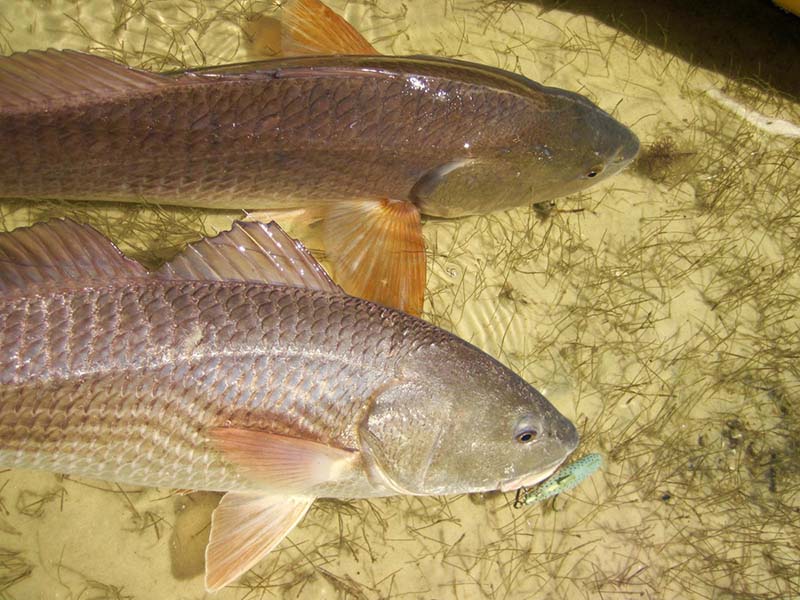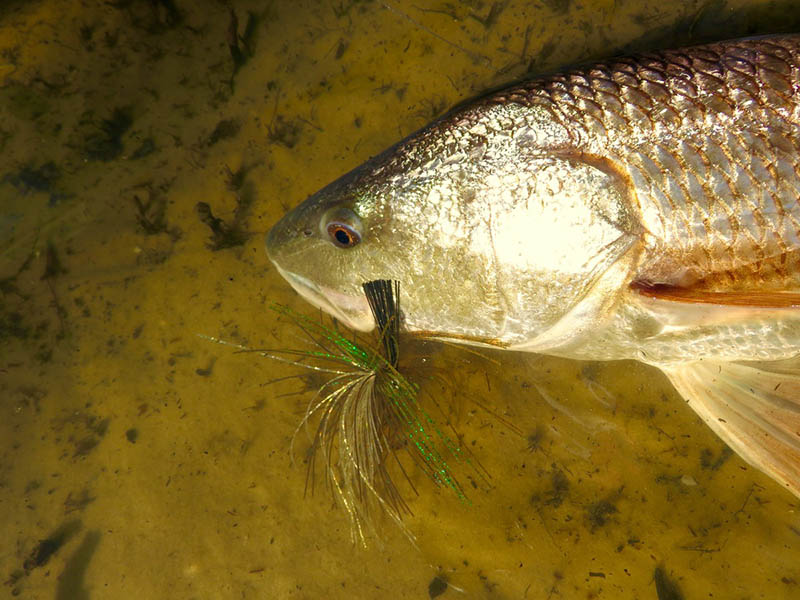
By Jerry McBride
Abandon the familiar to expand your fishing skills
The simple act of launching a kayak comes with consequences. You can go left, or you can go right. If an angler has caught fish to the right in the past, the natural inclination is to return to the scene of success.
I once fished with a guy who hits the same spot every time he goes out because “I caught some trout here a few years ago.” When I say I fished with him once, you can take that literally.
I pulled myself out of a slightly smaller rut this week. Half a dozen trips to the right over the last few months had shown me four stretches of shoreline that big redfish liked. Not much mystery left – I could predict with certainty the phase of tide they preferred, and, depending on the salinity and color of the water, which of two lures they wanted to eat. I could show up a couple hours after lunch, release four or five reds between 25 and 34 inches, a dozen nice trout, and have the kayak back on the trailer by 5, gear rinsed and stowed by dark. Eazy peazy. Pretty much had it down to a science.
Each of the four productive stretches consists of similar topography. Google Earth revealed a grassflat a couple miles to the left that appeared to offer the same combination of features.
So yesterday I abandoned my comfort zone and went left.
With no rain during the last week, the water tasted a little saltier, and clarity had significantly improved. I figured I could get by with a little less vibration and rattle than I’d been using, so it seemed like a good opportunity to try a bass jig made by a freshwater guide I’d fished with on Lake Okeechobee the previous week. Fish are fish. They really don’t care what species a lure is designed for, and I like the way the rubber-tailed jig casts and flutters through the water.
My agenda happily went off track almost immediately. A mere 150 yards from the truck, mullet jumping in a subtle depression next to flooded tree stumps caught my attention.
Boom. I towed the fat 27-inch red — the fish every tournament competitor is looking for — to shore and shot a few selfies before releasing it. Without even getting back in the kayak, I pitched a suspending plug into the same general area. Bang, 26.5-incher. Made me wish I still fished tournaments. Well, not really. Those guys get up early.
Renewing my quest, I methodically worked my way toward the original target two miles away, which turned out to be considerably shallower in person than it appears to satellite cameras. Hundreds of migrating juvenile cownose rays, but I released just one small red and a few dinky trout. No problem – unless you look, you don’t know. I turned the Revolution back toward the truck as rain clouds rolled in. Storm or no storm, I succumbed to temptation and eased off as I pedaled past the redfish hole.
As I suspected, the two fish I’d caught earlier had friends. I hooked a good redfish immediately, and a much larger, dark bronze shape trailed along, intent on stealing the lure from the struggling fish. I did the only sensible thing: I set the bent rod in the H-Crate holder, picked up a second rod, and nailed the bigger, fired-up red. The over-slot fish mangled the factory treble and even slightly bent a new replacement single hook I was testing. Nothing better than ending the day with a double release so close to the truck that I could have left the kayak on the trailer and walked.
By simply taking that left turn, I discovered a potentially good lure, an easily accessible redfish hole, and a hook to be avoided in the future. I also learned where I won’t bother to fish next time. Overall, a very productive afternoon.
If anglers don’t learn something new on each and every outing, they’re doing it wrong, and lowering their ceiling for success. Some stuff is obvious: tide phase and wind direction, depth and bottom structure where you find fish. Even pea-brained fish wise up to anglers who hammer the same spots every time out, so use this information to find alternative fishing sites that fit the pattern.
The same approach applies to tackle. I always pack a short list of lures I know to be effective, but I also rig one rod with an unfamiliar — not necessarily new – lure on each trip.
Sometimes that one unconventional lure pays big dividends. I recently shot an outdoor television show in which we had to use a particular sponsor’s lures. Unfortunately, the manufacturer’s current inventory doesn’t include any models that I felt would sink deep enough to attract the attention of the show’s quarry, bull redfish lurking beneath bait schools in 30 to 40 feet of water. I dug through a drawer in my garage and found one of the sponsor’s old freshwater trout lures that I hoped would fill the day’s needs. I slapped on saltwater hooks, and it worked to perfection. Had it not been for that one supposedly outdated chunk of plastic, our videographer would have been forced to fill the episode with pretty scenery rather than fish; three-quarters of the 20- to 30-pound reds we released were dredged up on that 15-year-old, no-longer-made bait designed for an entirely different species in the Great Lakes.
Fish don’t limit their boundaries. Neither does a good angler.
For more Hobie Fishing, visit www.hobiefishing.com/blog/fishing.






